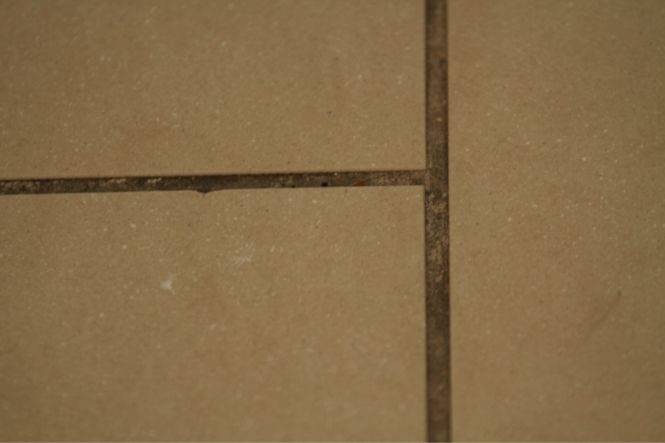Before heavy traffic began to colonise our country, pitch was the most common form of jointing used for cobbled or block paved roadways. But it can’t cope with heavy traffic and as a result has nearly disappeared from our streets. Of course, the vast majority of domestic driveways only began to be built around the time that pitch fell out of favour, so it has never had a chance to become a popular driveway jointing material.
Interestingly, before asphalt was invented and used for tarmac road surfacing in the 1920s, pitch was considered too soft to be used on roads. Bitumen wasn’t even considered! Instead pitches became increasingly common for jointing domestic driveways and other low traffic areas.
Table of Contents
Using Pitch for a Driveway
There’s nothing to stop pitch being used for a driveway though, if the traffic is light enough. With Cobblestones or similar small block paving (sometimes called setts) it offers a traditional look that’s hard to beat. Pitch is basically bitumen or tar and, although it cools and dries out, it keeps some of its flexibility. This means that movement from vehicles or from extremes of heat or cold do not fracture the joints.
It can get sticky in the height of the summer though, so it’s probably not the best choice for a driveway on a steep slope. There are also stiffer tar mixes available that are more resistant to sharp objects sticking into it. There is a stiffer tar mix supplier in the UK ( Soft Tar Products ), but unfortunately there don’t seem to be any available outside of the UK.
Getting the Right Tools for Pitch Jointing
Jointing with pitch can be a DIY job but there are some specific tools that will make the job a lot easier, and these need to be bought or hired (if possible). A tar boiler will help, although you could use a large metal can on a burner, as long as you clean it out properly and fashion some handles for the rim. Great care must be taken if you go down this route, though.
You’ll also need a tar or pouring bucket, a large metal bucket with a stout handle and a large open spout. If you can’t find one, a large steel watering will do, but make sure you have a metal ladle that will get up enough tar to make it worthwhile yet still fill the can easily and safely. Oh, and you’ll probably have to throw it away when you’re finished.
Pay Attention to Safety
Safety is a big issue with tar as it is very hot when it is molten. Eye protection, heavy gloves and boots are a must and leg protectors are worthwhile, too (read our article Safety and Driveway Laying in this section). Don’t try jointing with pitch in bad weather either.
Wind can blow the stream of tar off course, spilling to onto the tops of the block or onto yourself. If it is wet or raining the tar will spit, like water in a frying pan, and can cause nasty burns on exposed skin.
Before you start heating up tar the driveway must be prepared. Pitch is usually poured over a base of small gravel, probably not much more than quarter inch gravel. Fill the gaps between the blocks to within an inch of the top. Brush away any gravel that’s too high or proud of the joint.
Getting Started
Now it’s time to heat up the pitch. You could be looking at up to an hour for a boiler to melt a 25kg block of tar, but don’t be tempted to blast it to speed the process up. If the tar is too hot, it will bond with the surface of the blocks if it is spilt. Although it can be removed with a solvent, it’s best to avoid it in the first place by sticking to the right temperature for the tar and taking care when pouring.
Once the pitch is molten, use the ladle to load the bucket or can and pour the tar carefully into the joints. It will spread between the blocks, taking up the air gaps between the pieces of gravel. As it cools, which takes a round 10-15 minutes, it will sink slightly, so you may have to go round topping up once or twice.
Make sure you fill the joints to within a quarter to an eighth of an inch – any lower and the surface will be too uneven to walk on; any higher and the pitch spreads in an unsightly way across the tops of the blocks. Allow up to half a day for the whole site to set properly before allowing cars over it.
Looking Good For a Long Time
Pitch will look shiny when first put down but it will settle down to a matt finish after a few weeks. If it’s laid well pitch is not really noticeable, which is just right – it allows the natural beauty of the stones to come through.

